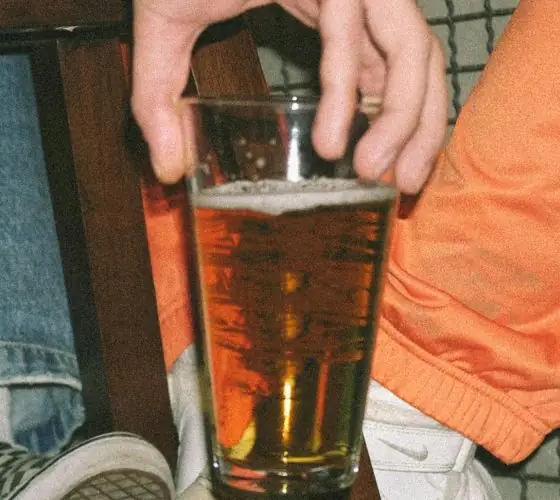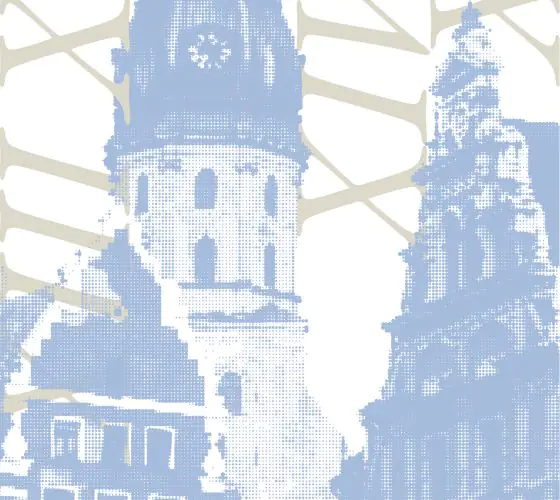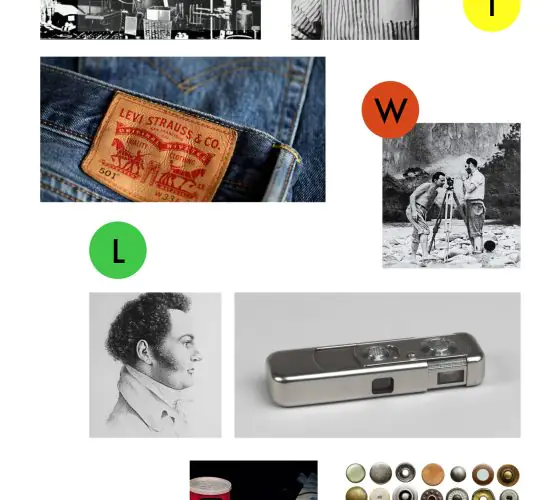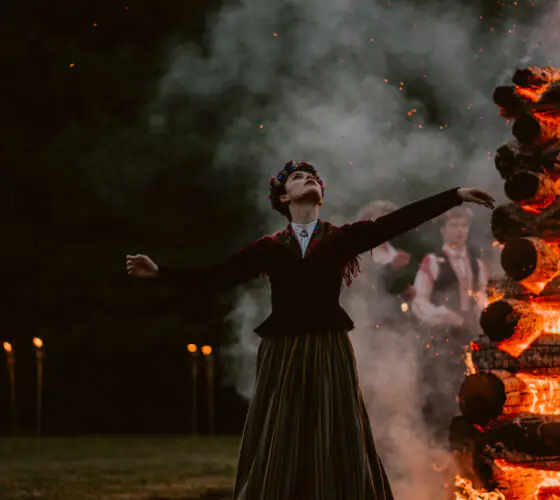
The Survival Kit Festival of Contemporary Art started 14 years ago as a response to the financial crisis. The name of the festival is self-explanatory: it was believed that the festival would highlight socially significant topics and problems while offering alternative scenarios for the survival of mankind, and most importantly — to involve society in a dialogue.
This year, the Survival Kit is held simultaneously with the Kaunas Biennial. They are united by “long-distance friendship” — which is what the joint program is called. The phenomenon of “long-distance friendship” — meaning the interaction between states in the post-colonial and post-socialist world — was explored by curators Alisia Nok and Inga Latse. The main question of the two programs is: are international alliances based on friendship instead of power possible?
The theme refers to the 1960s, when the Soviet Union and other countries of the socialist block participated in the process of decolonization of Africa through cultural programs, economical and military assistance. However, in parallel with this, there was a process of indirect colonization through the imposition of socialist ideology in various ways.
In Kaunas, the starting point of the Biennial was the Central Post Office. Symbolic space given the theme of the event. Once, the post office connected the USSR to the border republics while at the same time being one of the tools of resistance right under the nose of official communication, supervision and propaganda.
But in Riga, the festival of contemporary art is located at the Vidzeme market.
Over its more than a century long history, this space has experienced both bloom — with noisy trading, and the downfall— with a broken down, closed pavilion and a seemingly sluggish existence, immersed in a slumber.
But for a month only (until October 8), life in its most peculiar forms is resurrecting in the abandoned stalls and dusty plains of the Vidzeme market.
Illogical conclusions from accurate assumptions
Evita Vasiljeva
The artist’s ironic work is inspired by the market itself. She sees cherries, nectarines, bananas, pears and apples as exotic guests who arrived at the Latvian market from Poland, Greece, Spain and Morocco. This is a cross-cultural bridge.
The next fact that inspired the artist is the Soviet tradition of naming market pavilions in honor of various fruits and vegetables (it is claimed that in this way a feeling of abundance was created).
Combining what is for Latvia exotic fruits and the memory of Soviet naming, Evita Vasilyeva created small models of absurd and utopian architecture. Perhaps they will be implemented in the transnational congress of the future?



Wedding rug. Alo and Jaak
Jaanus Samma

The work of the Estonian artist Jaanus Samma is based on the Estonian wedding tradition — to give a carpet embroidered with the image of a couple. Samma interpreted it in his own way.
The carpet created by the artist is a tribute to the Riga-born poet Kristian Jaak Peterson (1801–1822) and his beloved Alo. Peterson mentioned Alo and described their affectionate relationship in several poems (which was considered provocative at the time).
Estonia has become the first post-Soviet country to allow same-sex couples to register their marriage while in Latvia it is still possible only through the court.
Planetary composition from flowers
Ilona Nemeth
This installation tells about the sudden connections that arise between countries far from each other.
In the center of the installation is a photograph from the 70s, which depicts the artist’s father accompanying a delegation that arrived at the Flóra Bratislava flower exhibition. The space around the photo is decorated with compositions of fresh flowers, as well as small photos of a flower farm in Ethiopia (from where the flowers were brought).
The flower farm in Africa belongs to a friend of the artist, whom they met back in the 1980s. One is from Czechoslovakia, the other is from Ethiopia while both met in Hungary when they arrived there to study.


Giblets
Jeanne Kamptchouang

For this installation, the artist collected a huge number of different chairs — with and without legs, with a severed back and missing seat, completely wooden or covered with faded fabric.
For the artist, a chair symbolizes the place that a person owns in life. If you have found your chair then you have found your place, your mission. At the same time chairs refer to power because when talking about politicians, we often use the following phrases: “he lost his chair”, “he holds his chair”.
The artist placed chairs all over the space of the market. In this way he destroys the logic of a limited number of places and invites everyone to indulge in dreams or start a discussion together. The main point is that there is a place for everyone both in dreams and in discussions.
More information about Survival Kit 14
You can see the festival of contemporary art at the Vidzeme market until October 8.









